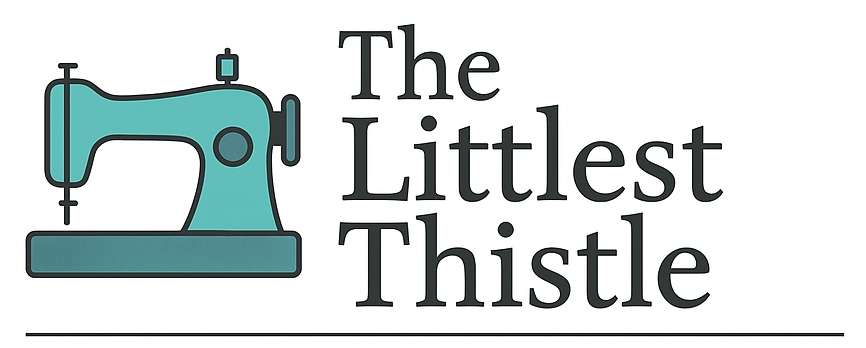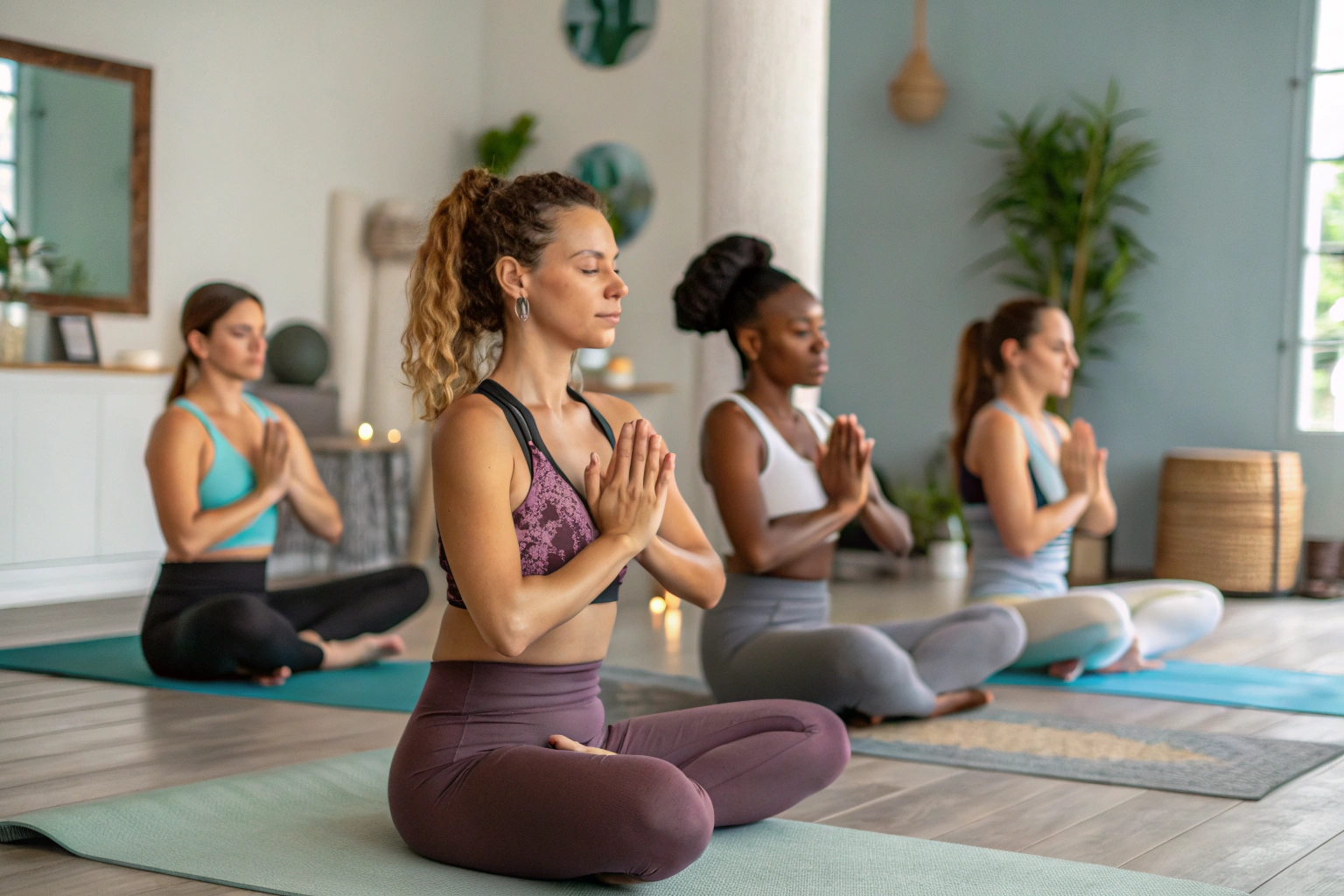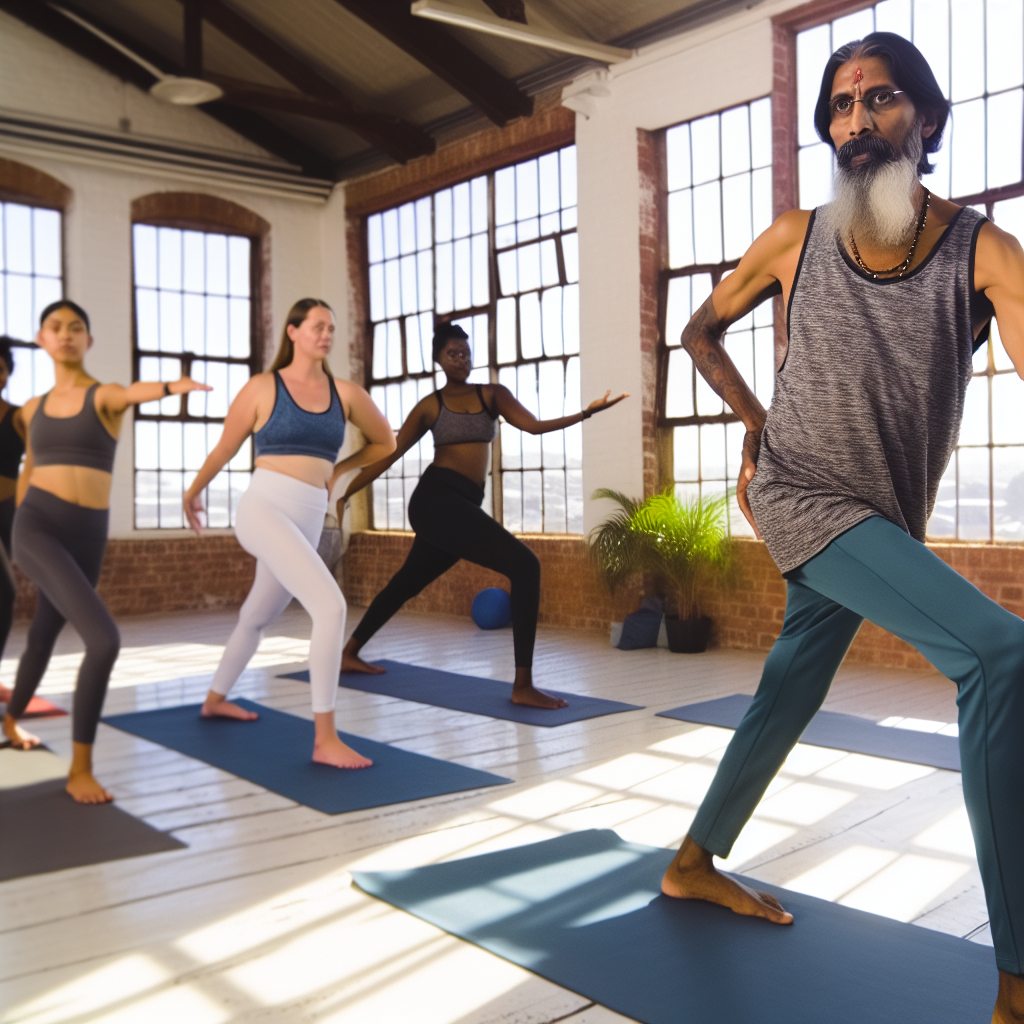What to Wear to Yoga Class: A Practical Guide from a Seasoned Instructor
After fifteen years of teaching various yoga styles and guiding thousands of students through their practice journeys, I’ve learned that what to wear to yoga class can make or break your experience on the mat. The right yoga clothing eliminates distractions, supports your movements, and allows you to focus entirely on your yoga practice. From my yoga instructor perspective, I’ve witnessed how inappropriate attire can cause students to fidget, adjust their clothes mid-pose, or even leave class early due to discomfort. Conversely, well-chosen yoga class attire becomes invisible during practice, allowing you to move freely and confidently through each asana. Your clothing should be your ally, not your adversary, supporting every stretch, twist, and inversion you attempt.
Key Takeaways
- Yoga clothing should prioritize comfort, flexibility, and breathability above all else
- Moisture-wicking fabrics significantly outperform cotton for active practice
- Proper fit allows unrestricted movement while providing adequate coverage during inversions
- Strategic layering is essential for temperature regulation before, during, and after class
Understanding Yoga Clothing Essentials
Yoga clothing essentials differ significantly from regular workout gear due to the unique demands of yoga practice. Unlike running or weightlifting, yoga requires clothing that moves seamlessly with your body through 360-degree range of motion. I’ve taught countless beginners who arrived in baggy cotton t-shirts and loose shorts, only to spend their entire first class pulling at their clothes instead of focusing on their breath and alignment. Functional yoga wear serves three primary purposes: it stays put during dynamic movements, manages moisture effectively, and provides psychological comfort so you feel confident in any pose.
The fundamental difference between yoga apparel basics and other athletic wear lies in the multidirectional stretch requirements. While running clothes need to accommodate forward motion, yoga demands fabric that stretches in all directions without losing its shape. After years of testing different garments in my own practice, I’ve identified that the best yoga clothing possesses three critical attributes:
- Breathability – Allows air circulation and temperature regulation
- Flexibility – Provides unrestricted movement in all directions
- Comfort – Features flat seams and tagless construction to prevent chafing
What Should I Wear For Yoga: Fabric Considerations
The foundation of excellent yoga clothing materials lies in fabric technology. Through extensive testing in my own practice and observing hundreds of students, I’ve learned that moisture-wicking fabrics are non-negotiable for serious practitioners. Traditional cotton, while comfortable initially, becomes heavy and clingy when wet with perspiration, creating an uncomfortable distraction during practice.
Breathable fabric blends typically combine synthetic fibers with natural stretch components. My personal favorites include nylon-spandex blends (usually 80-90% nylon with 10-20% spandex) which offer excellent durability and recovery. Polyester blends work well for hot yoga, as they excel at moving moisture away from the skin. I’ve also discovered that bamboo-derived fabrics provide natural antimicrobial properties while maintaining softness against the skin.
The stretchable material component is crucial – elastane or spandex content should typically range between 10-25% for optimal stretch and recovery. Too little stretch restricts movement, while too much can cause garments to lose their shape over time. I learned this lesson personally when I invested in leggings with insufficient spandex content; they became baggy and distracting within weeks of regular practice.
| Fabric Type | Moisture Management | Flexibility | Best For |
|---|---|---|---|
| Cotton | Poor | Limited | Gentle/Restorative yoga only |
| Nylon-Spandex Blends | Excellent | High | All yoga styles |
| Polyester Blends | Superior | Moderate | Hot yoga, intense vinyasa |
Essential Yoga Clothing Items
Building a functional yoga wardrobe doesn’t require an extensive collection, but each piece should serve a specific purpose. My yoga clothing must-haves have evolved through years of teaching and practice, refined by observing what consistently works for both myself and my students. The key is investing in quality workout clothes that can handle regular use while maintaining their performance properties.
A well-curated yoga wardrobe essentials collection focuses on versatile pieces that work across different yoga styles and seasons. From my professional perspective, having the right foundation pieces is more valuable than owning numerous mediocre items. Quality yoga gear pays for itself through durability and enhanced practice experience.
Best Clothes For Yoga: Tops and Sports Bras
Selecting appropriate yoga tops requires careful consideration of coverage, fit, and movement compatibility. Through years of teaching inversions and arm balances, I’ve learned that the wrong top can completely derail a student’s focus. The ideal tank top or fitted tee should pass the “downward dog test” – remaining in place without riding up or gaping when you’re inverted.
For women, a quality sports bra forms the foundation of yoga attire. The supportive fit should provide adequate support without being restrictive during twists and backbends. I personally prefer racerback styles as they stay put better during dynamic sequences. Shelf bras built into tank tops work well for lighter support needs, but dedicated sports bras offer superior performance for more vigorous practices.
The fabric weight matters significantly – lightweight, moisture-wicking fabric prevents that clammy feeling during heated practices. I’ve noticed that my students who invest in proper tops spend less time adjusting their clothing and more time deepening their practice. Seam placement is crucial; avoid decorative seams that can dig in during floor poses or backbends.

Key features to prioritize in yoga tops:
- Appropriate coverage that doesn’t reveal too much during forward folds
- Stay-put design that doesn’t ride up during inversions
- Strategic seam placement that avoids pressure points
- Breathable fabric that manages moisture effectively
- Comfortable neckline that doesn’t restrict breathing or movement
Bottoms: Leggings, Pants and Shorts
The quest for perfect yoga pants has been a personal journey spanning my entire teaching career. Quality leggings should feel like a second skin – supportive yet unrestricted, opaque yet breathable. I’ve tested countless brands and styles, learning that the waistband construction often determines whether leggings enhance or hinder your practice.
High-waisted leggings have become my go-to recommendation for most students because they provide core support and stay put during dynamic movements. The waistband should lay flat against your skin without rolling or digging in. I’ve found that seamless or flatlock seam construction prevents chafing during longer practices. For those who prefer more coverage, compression leggings offer additional muscle support, though they shouldn’t be so tight as to restrict circulation.
Yoga shorts work beautifully for hot yoga or personal home practice, but require careful selection for public classes. The inseam length should prevent riding up during wide-legged poses, and the fabric should maintain opacity when stretched. Loose-fitted pants in flowing fabrics suit restorative or yin yoga practices, while tapered yoga pants bridge the gap between leggings and loose pants.
The flexibility factor cannot be overstated – your bottoms should accommodate deep lunges, wide-legged forward folds, and hip-opening poses without restriction. I always test new leggings with a deep squat and warrior III pose to ensure they pass the mobility test.

Common issues to avoid when selecting yoga bottoms:
- Transparency when stretched – always do the squat test before purchasing
- Slipping waistbands that require constant adjustment
- Binding seams that create pressure points during seated poses
- Inappropriate length that bunches at the ankles or rides up excessively
- Inadequate stretch that restricts range of motion
Layering Pieces and Accessories
Strategic layering has transformed my teaching comfort, especially during seasonal transitions and temperature-controlled studios. Yoga layers serve multiple purposes: they provide warmth during initial poses when your body temperature is lower, offer coverage during meditation or savasana, and create a professional appearance when teaching.
My essential yoga accessories include a lightweight zip-up hoodie or cardigan that I can easily remove as my body warms up. Yoga jackets with thumbholes prevent sleeves from sliding down during arm movements. For students, I recommend breathable layers that won’t cause overheating once practice intensifies.
Yoga socks with grip bottoms provide traction on slippery surfaces, though I prefer practicing barefoot when possible for better proprioception. Headbands help manage hair during dynamic sequences, while yoga towels placed over mats provide additional grip and hygiene benefits. A quality yoga mat isn’t clothing, but it’s essential gear that impacts your practice comfort.
Temperature regulation through layering follows this sequence:
- Arrive in comfortable layers for temperature transition
- Remove outer layers as body temperature rises during warm-up
- Practice in base layers (top and bottom)
- Add layers back during cool-down and meditation
- Maintain warmth post-practice to prevent muscle tightening
Breathable Underwear Considerations
The foundation layer of yoga underwear significantly impacts practice comfort, yet it’s often overlooked until problems arise. Breathable undergarments prevent chafing, manage moisture, and eliminate distractions during practice. Through my years of teaching, I’ve learned that the wrong underwear can create discomfort that affects a student’s entire session.
Moisture-wicking underwear made from synthetic blends or merino wool performs far better than cotton, which retains moisture and can cause irritation during longer practices. Seamless construction prevents visible panty lines and reduces pressure points during seated poses and backbends. For women, wireless bras or those with minimal hardware work best to avoid discomfort during prone poses.
The fit should be snug without being restrictive – underwear that shifts during movement creates constant distraction. I personally prefer low-rise or hip-hugger styles that don’t interfere with high-waisted leggings. Some practitioners prefer going commando in high-quality leggings with built-in liners, though this depends on personal comfort preferences and the specific garment construction.
Yoga Underwear Checklist:
- ✓ Moisture-wicking synthetic or merino wool fabric
- ✓ Seamless or flat-seam construction
- ✓ Appropriate coverage that doesn’t create lines
- ✓ Stays in place during movement without adjustment
- ✓ Quick-drying properties for post-practice comfort
Dressing for Different Yoga Styles
Each yoga style presents unique clothing requirements based on intensity, temperature, and movement patterns. My experience teaching multiple modalities has shown me that yoga-specific clothing choices can enhance or hinder your experience depending on the practice type.
For hot yoga and Bikram yoga, minimal coverage with maximum breathability is essential. I recommend fitted shorts and sports bras or lightweight tank tops that won’t become uncomfortably clingy when saturated with sweat. Vinyasa yoga requires specialized yoga wear that moves smoothly through dynamic transitions – avoid loose clothing that gets in the way during flowing sequences.
Restorative yoga and yin yoga allow for more relaxed, comfortable clothing since you’ll be holding poses for extended periods. Soft, cozy layers work well for these practices, as maintaining warmth during long holds is more important than moisture-wicking properties. The key is selecting workout clothes that match your practice intensity and environment.
From my teaching experience, students who dress appropriately for their specific yoga style attire report better focus and enjoyment. The clothing becomes invisible, allowing complete immersion in the practice rather than constant awareness of physical discomfort or restriction.
How To Dress For Your First Yoga Class
Choosing beginner yoga clothes can feel overwhelming, but simplicity and comfort




